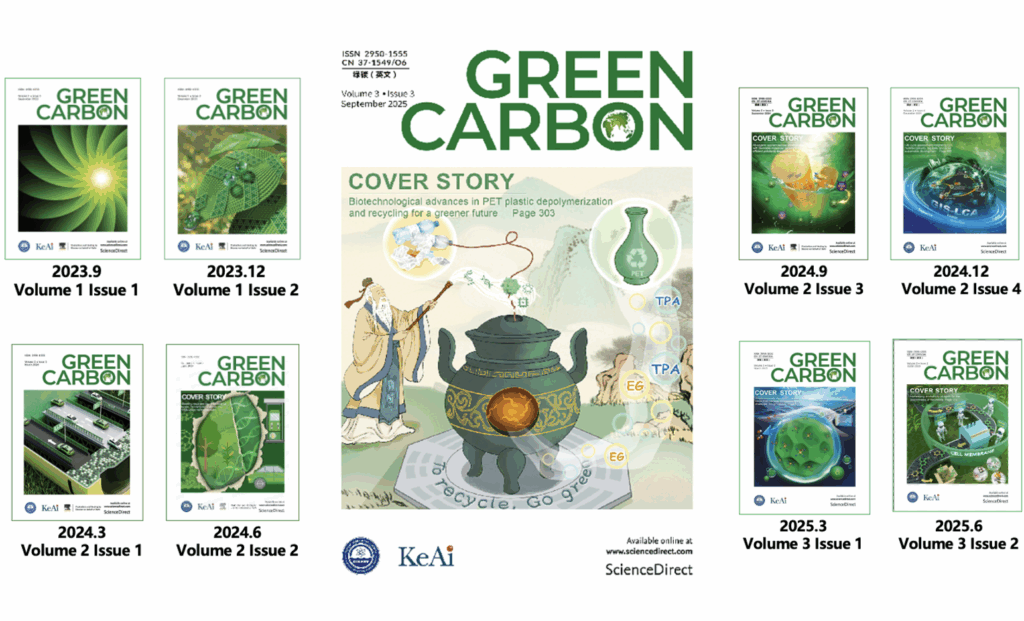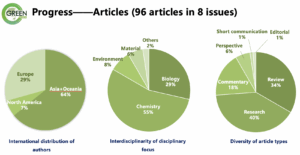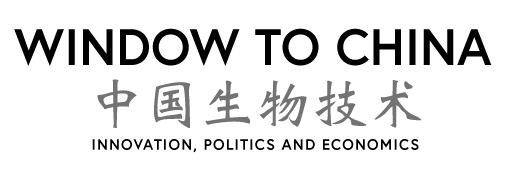https://jp.news.cn/20250116/9dc88fa0753f468da2fc4772c53548ec/c.html?page=1
In a large-scale deep sea smart fishery farming facility “Deep Blue 2” in the Qingdao National Deep Sea and Ocean Green Aquaculture Test Area, approximately 400,000 salmon are farmed in farming cages, with a high survival rate and healthy growth.
According to Gu Qihuan, production manager at Shandong Caijing Wanzefeng Marine Technology Co., Ltd., salmon farming requires strict environmental conditions, and it is very difficult to find suitable sea areas for large-scale farming. However, this location is home to 130,000 square kilometers of Yellow Sea cold water mass, and the water temperature in summer is 10 to 16 degrees Celsius, which is very suitable for salmon growth. Deep Blue 2 sinks to the level of the cold water mass less than 30 meters in summer and rises to the surface again in winter.
Deep Blue 2 is 71.5 meters high, 70 meters in diameter, and has a fully submerged farming area of 90,000 cubic meters. It is equipped with multiple smart farming equipment such as an automatic feeding system and an underwater photography system, making unmanned farming in the deep sea and distant ocean possible.
For harvest, schools of salmon are sucked up one after another onto work boats, passed through a fish-water separator, and transported to a workshop for processing. Workers place the salmon in insulated boxes filled with ice and transport them to land overnight for processing and sale.
The freshly caught salmon weigh an average of 3-4 kilograms each, and each harvest is about 5,000 fish. At the earliest, they can be delivered to major cities in China in just over 30 hours.




